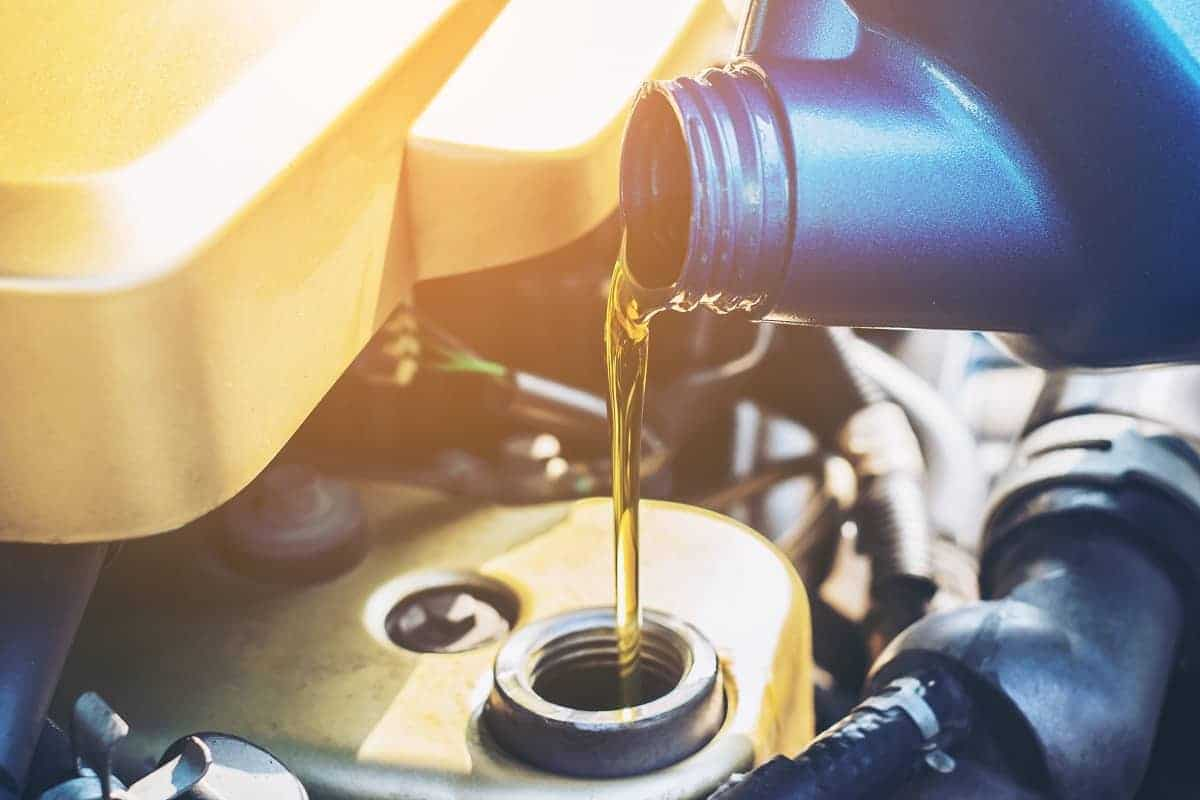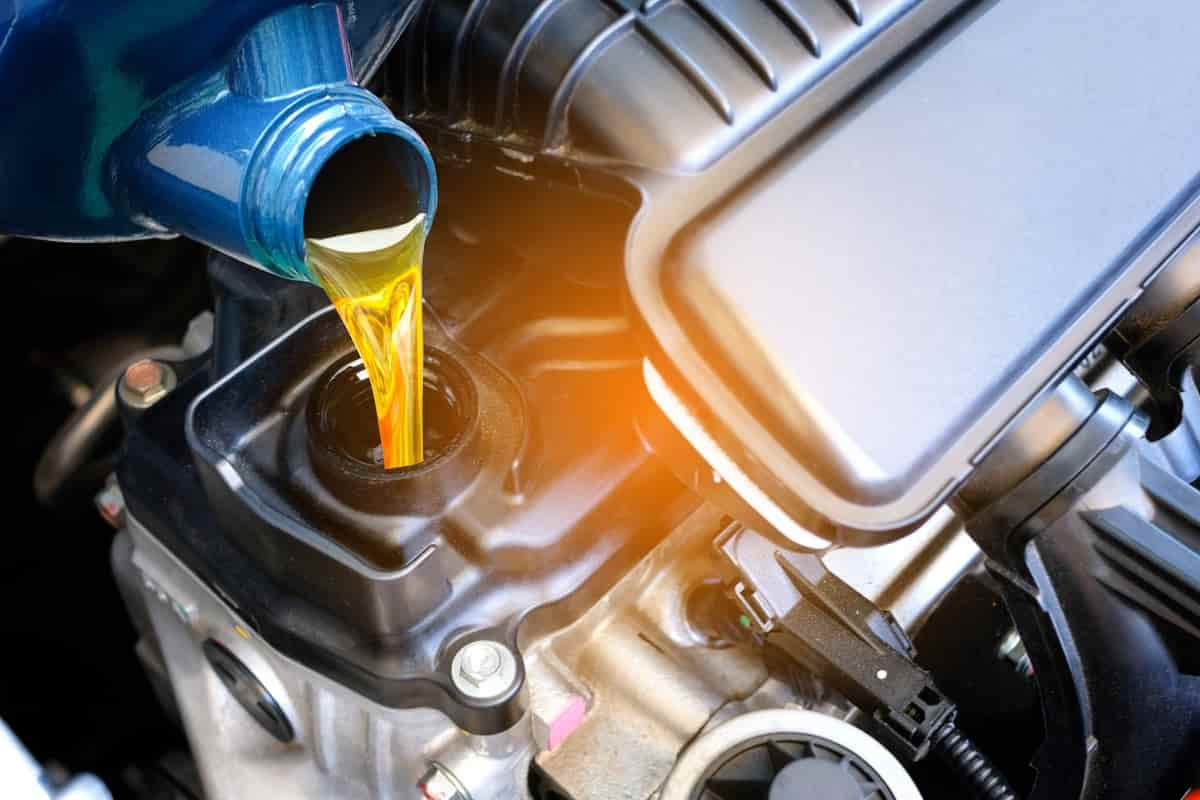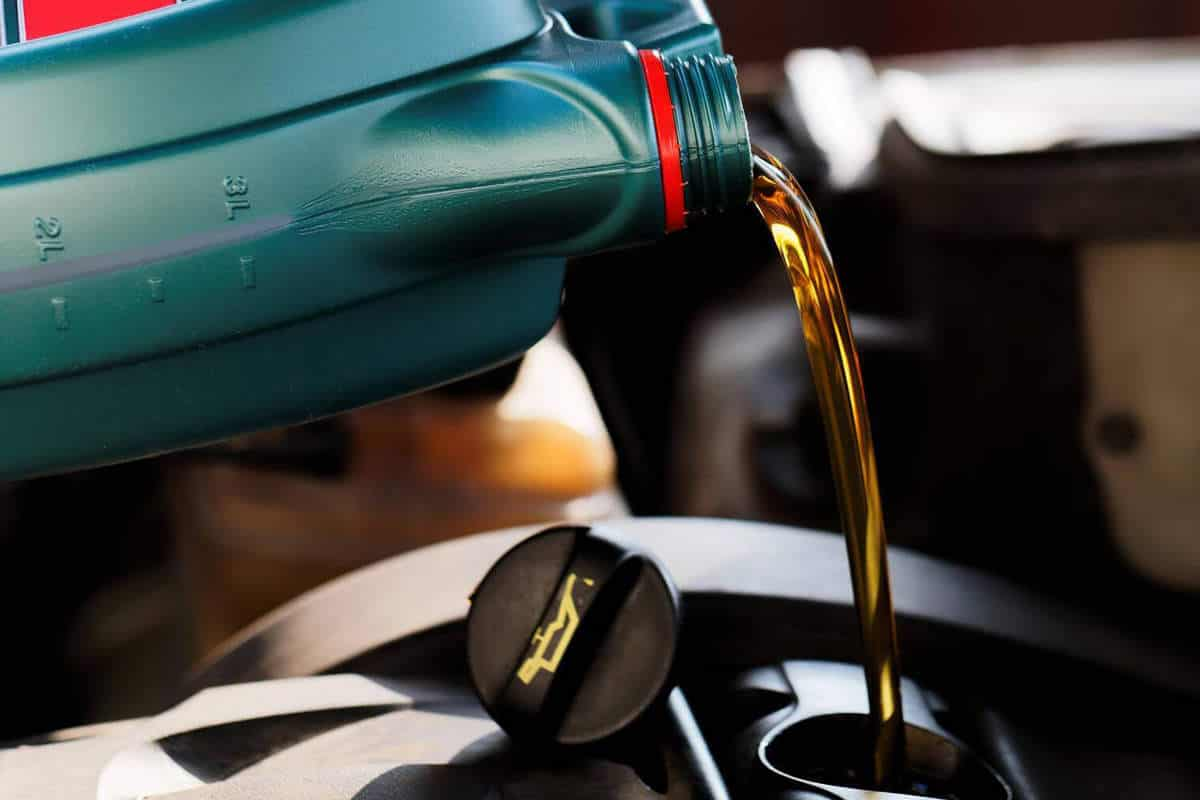Faced low engine oil pressure warning? what to do?
If you faced a low engine oil pressure warning and did not know what to do, read this article.We have provided the most common symptoms and causes of this as well as the common solutions.
how to fix low engine oil pressure
SYMPTOMS OF LOW ENGINE OIL PRESSURE
OIL WARNING LIGHT
In the event that the oil pressure falls below the recommended level, the sensor may cause the oil warning light to turn on in the instrument cluster.
If you see it light up, pull over to a safe location as soon as possible — preferably a parking lot, gas station, or service station — and check the amount of oil in your vehicle.
Even if the oil level is where it should be, it is still a good idea to have the vehicle towed to a repair facility.
You might be dealing with a more serious issue here, but it's possible that the problem is only a defective oil pressure sensor.
DIMINISHING ENGINE PERFORMANCE
If your vehicle suddenly loses power, stalls out, or burns through your gas tank more quickly than usual, you may be experiencing a decrease in the performance of your engine.
This decline might be caused by a number of different problems with the vehicle, but the most likely explanation is that the engine's oil pressure is too low.
Therefore, as a first step, check the quantity of oil in your vehicle to see if it needs a more straightforward oil and filter replacement.
BURNING OIL SMELL
If you smell burning oil, it's possible that your vehicle is leaking oil, and that the oil is coming into contact with the hot surface of one of the components within your vehicle.
The odor is usually an indication that there is a leak, which might lead to a drop in oil pressure.
If you are driving and smell what seems to be burning oil, look for a gas station or parking lot where you may pull over safely and check the amount of oil in your vehicle.
ENGINE NOISE
When the level of engine oil in your vehicle drops too low, the moving parts of the engine will no longer receive the lubrication they require to carry out their functions correctly.
As soon as this takes place, it is possible that you may start to hear clunking, banging, ticking, or grinding noises emanating from the engine of your car.
If this is the case, you should contact a qualified auto mechanic as soon as possible to do maintenance on your vehicle.
ENGINE OVERHEATING
Lubrication for the moving components of your engine is provided by the engine oil.
In the absence of adequate oil pressure, the engine of your vehicle will function with less lubrication and greater friction, which will ultimately result in increased heat.
The overheating of the engine can be a difficult problem.
An overheated engine is often the result of a low engine oil pressure, even if this does not necessarily indicate a low engine oil pressure.
In addition, an overheated engine causes wear and stress on the various components of the engine.

Low engine oil pressure warning
Every single symptom introduced above is a warning that your engine oil pressure is low.
WHAT MAKES OIL PRESSURE DROP?
LOW ENGINE OIL
It is possible to prevent having low engine oil in the first place by maintaining a schedule of frequent oil changes.
It is essential to keep in mind that oil leakage in automobiles can be caused by a variety of difficulties, the most common of which are worn components and filters that are either loose or leaking.
It is important to check the oil level between oil changes to ensure that your vehicle is not operating with insufficient engine oil.
Are you unsure whether or not your car requires an oil change? Here are six indications that you may need one right away:
INACCURATE MEASUREMENT OF OIL VISCOSITY
The warning light for low oil pressure can be triggered by using oil with the incorrect viscosity, more especially oil with a viscosity that is lower than what is advised in the owner's handbook for your vehicle.
Oil with a lower viscosity can provide less flow resistance than oil with a higher viscosity, which can lead to a reduction in oil pressure.
But don't let that deceive you; just because an oil has a higher viscosity doesn't mean it's safer.
If it is greater than the level given by the manufacturer, it might produce resistance to flow, which can result in inadequate lubrication for the engine.
BAD OIL PUMP
There are a number of potential causes for issues with your oil pump, the most common of which being oil pollution, an inadequately installed oil pick up tube, or poor installation.
Because the oil pump plays such a crucial part in the process of delivering oil to the various components of your engine, it is imperative that any damage to the pump be fixed or replaced as soon as possible.
Have the specialist at Tires Plus examine to determine whether the cause of the failure of your pump is simply age and wear, if there is a possibility of contamination, if there are difficulties with your oil level, or if there is inadequate oil maintenance.
DIRTY OIL FILTER

what causes low engine oil level
Your vehicle's engine is protected from potentially damaging particles thanks to a component called the oil filter, which sits between the oil and the moving parts of your vehicle.
If it is not replaced on a regular basis, it might get so clogged that it cannot perform its function effectively.
Oil filters also come equipped with pressure relief valves that, in the event that the filter becomes blocked, allow oil to flow freely around the filter element and continue on its merry way.
The oil flow out of the oil filter will be decreased, which might result in a decrease in engine oil pressure just before the oil filter becomes clogged to the point where it bypasses the filter media.
To prevent the engine oil pressure from dropping too low, ensure that the oil filter is replaced at regular intervals.
Every time you get your oil changed at Tires Plus, we also replace your oil filter.
It is essential to have a solid understanding of how engine oil and the lubrication circuit function.
Many people refer to the motor oil in their vehicles as the "blood" of the car.
This not only emphasizes how significant the oil is but also provides insight into the functioning of the entire system.
The analogy can be developed further if necessary.
The engine is kept in good working order by the lubricating circuit, which consists of a number of different "organs."
The oil is kept in a container known as the sump, which is also sometimes called the oil pan.
The oil pump, which represents the "heart," then distributes the oil to oil galleries, which represent the "arteries.
" Along the route, it is purified by passing through an oil filter, which acts like a pair of kidneys to remove any contaminants.
When the oil passes through the moving components of the engine, it leaves behind a very thin layer that protects the surface of each individual part.
This film helps to minimize friction, which in turn helps to cool the engine, and it also helps to distribute heat, which is created during the combustion process.

Faced engine oil pressure warning
Now that we know most of these symptoms and what caused them let’s see what can we do when faced with the engine oil pressure warning.
It is essential to fill the engine with the appropriate volume of oil, taking care to avoid having either an excess or a deficiency of the fluid.
A dipstick or the oil-level sensor in the vehicle are the two tools that are most effective for monitoring this.
In the past, manufacturers advised waiting for the engine to cool down before attempting to measure the quantity of oil in it.
This would enable the majority of the oil to fall into the oil pan when the engine cooled down.
The modern dipstick has been modified by a great number of manufacturers such that it is now feasible to acquire an accurate reading even when the engine is warm.
This was not always the case.
For the sake of getting an accurate reading, you need to make sure that the vehicle is parked on a level surface.
If the low oil pressure is the result of not having enough oil in the engine, all that has to be done is add more oil until there is the correct quantity.
It is strongly suggested that you reuse the oil that is already present in the engine.
This indicates that the kind (i.e. synthetic or half-synthetic), manufacturer, and SAE grade are all same.
A leak in the oil supply will ultimately cause it to run out.
As a direct result of this, the lubrication system will have an inadequate amount of oil.
When talking about oil leaks, there are often two different sorts noticed.
A leak in the valve gasket or the oil filler cap, as well as a leak in the oil pan or oil filter, which is typically indicated by droplets of oil underneath your automobile.
a leak in the oil filler cap.
There are a lot of potential weak spots where oil might escape.
It does not matter where it is, but it has to be rectified as quickly as feasible.
In the best-case scenario, the issue is the oil filler cap or a malfunctioning drain plug, both of which are simple enough to replace and might be the cause of the problem.
There is also the possibility that the oil pump has an internal leak, which results in a low oil pressure even if there is an acceptable volume of oil.
This can happen when the oil pump has been damaged.
When it comes to oil, it is critical to adhere to the instructions provided by the manufacturer.
Even while many oil firms have agreements with various manufacturers that require them to suggest their goods, it is not essential to make use of their particular brand.
Just make sure that you use the right kind of oil, taking into account its viscosity (SAE).
In most cases, oil is a viscous liquid, and motor oil is not an exception to this rule.

what does low engine oil pressure mean
However, the viscosity of the oil plays a significant part in ensuring that the engine operates correctly.
When you go to the store to buy engine oil, you may have observed that the bottle is labeled with either "5w-30" or "15W-30.
" These are the grades given by SAE.
To put it another way, these indicate the thickness or viscosity of the oil.
In the past, they were merely rated with a single number, such as "SAE 30," which denoted a rather thick oil.
At that time, the oil was so thick because oil becomes less viscous as it is heated; thus, producers had to make it thick to ensure that the engine could be lubricated with a viscosity that was enough when the engine was working at its normal temperature.
Because of advancements in technology, additives were developed that made it feasible to create a liquid that has the properties of an SAE 5 when it is cold but the properties of an SAE 30 when it is heated.
In a nutshell, the oil changed so that it could better withstand different temperatures.
Every manufacturer of automobiles has outlined the ideal viscosity range for their particular brand of vehicle and engine.
It is essential that you adhere to these recommendations since oil pressure might be negatively impacted by a viscosity that is not optimal.
It is also important to note that the type of oil you should use will be determined by the climate.
You will require a lower number followed by a "w," which stands for winter if you reside in an area that has a climate that is more frigid.

How useful is this article to you?
Average Score
5
/
Number of votes:
1





